Wendigo Miniature – Eating – For 3D Printing
Wendigo – Eating – For 3D Printing
- 25mm Base pre-supported
- 75mm Base pre-supported
1.00 Credit
Description
- Wendigo (/ˈwɛndɪɡoʊ/) is a mythological creature or evil spirit which originates from the folklore of Plains and Great Lakes Natives as well as some First Nations. It is based in and around the East Coast forests of Canada, the Great Plains region of the United States, and the Great Lakes region of the United States and Canada, grouped in modern ethnology as speakers of Algonquian-family languages. The wendigo is often said to be a malevolent spirit, sometimes depicted as a creature with human-like characteristics, which possesses human beings. The wendigo is said to invoke feelings of insatiable greed/hunger, the desire to cannibalize other humans, as well as the propensity to commit murder in those that fall under its influence.[1]At odds with its portrayals in twentieth-century and twenty-first-century settler culture, in some indigenous representations the wendigo is described as a giant humanoid with a heart of ice; a foul stench or sudden, unseasonable chill might precede its approach.[2] Possibly due to longtime identification by Europeans with their own superstitions about werewolves,[3] for example as mentioned in The Jesuit Relations below, Hollywood film representations often label human/beast hybrids featuring antlers or horns with the “wendigo” name, but such animal features do not appear in the original indigenous stories.[2]In modern psychiatry the wendigo lends its name to a form of psychosis known as “Wendigo psychosis” which is characterized by symptoms such as: an intense craving for human flesh and an intense fear of becoming a cannibal.[4][5] Wendigo psychosis is described as a culture-bound syndrome. In some First Nations communities other symptoms such as insatiable greed and destruction of the environment are also thought to be symptoms of Wendigo psychosis.[4]
Folklore
Description
The wendigo is part of the traditional belief system of a number of Algonquin-speaking peoples, including the Ojibwe, the Saulteaux, the Cree, the Naskapi, and the Innu.[12] Although descriptions can vary somewhat, common to all these cultures is the view that the wendigo is a malevolent, cannibalistic, supernatural being.[13] They were strongly associated with winter, the north, coldness, famine, and starvation.[14]
Basil H. Johnston, an Ojibwe teacher and scholar from Ontario, gives a description of a wendigo:
The Wendigo was gaunt to the point of emaciation, its desiccated skin pulled tightly over its bones. With its bones pushing out against its skin, its complexion the ash-gray of death, and its eyes pushed back deep into their sockets, the Wendigo looked like a gaunt skeleton recently disinterred from the grave. What lips it had were tattered and bloody … Unclean and suffering from suppuration of the flesh, the Wendigo gave off a strange and eerie odor of decay and decomposition, of death and corruption.[15]
In Ojibwe, Eastern Cree, Westmain Swampy Cree, Naskapi, and Innu lore, wendigos are often described as giants that are many times larger than human beings, a characteristic absent from myths in other Algonquian cultures.[16] Whenever a wendigo ate another person, it would grow in proportion to the meal it had just eaten, so it could never be full.[17] Therefore, wendigos are portrayed as simultaneously gluttonous and extremely thin due to starvation.
The wendigo is seen as the embodiment of gluttony, greed, and excess: never satisfied after killing and consuming one person, they are constantly searching for new victims.[18]
A wendigo need not lose the human’s powers of cognition or speech and in some depictions may clearly communicate with its prospective victims or even threaten or taunt them. A specimen of folk story collected in the early twentieth century by Lottie Chicogquaw Marsden, an ethnographer of the Chippewas of Rama First Nation, in which a wendigo also exhibits tool use, an ability to survive partial dismemberment, and autocannibalism, reads[19]
One time long ago a big Windigo stole an Indian boy, but the boy was too thin, so the Windigo didn’t eat him up right away, but he travelled with the Indian boy waiting for him till he’d get fat. The Windigo had a knife and he’d cut the boy on the hand to see if he was fat enough to eat, but the boy didn’t get fat. They travelled too much. One day they came to an Indian village and the Windigo sent the boy to the Indian village to get some things for him to eat. He just gave the boy so much time to go there and back. The boy told the Indians that the Windigo was near them, and showed them his hand where the Windigo cut him to see if he was fat enough to eat. They heard the Windigo calling the boy. He said to the boy “Hurry up. Don’t tell lies to those Indians.” All of these Indians went to where the Windigo was and cut off his legs. They went back again to see if he was dead. He wasn’t dead. He was eating the juice (marrow) from the inside of the bones of his legs that were cut off. The Indians asked the Windigo if there was any fat on them. He said, “You bet there is, I have eaten lots of Indians, no wonder they are fat.” The Indians then killed him and cut him to pieces. The end of this Giant Windigo.
Human cannibalism
In some traditions, humans overpowered by greed could turn into wendigos; the myth thus served as a method of encouraging cooperation and moderation. Other sources say wendigos were created when a human resorted to cannibalism to survive. Humans could also turn into wendigos by being in contact with them for too long.
Source: https://en.wikipedia.org/wiki/Wendigo
Based on 0 reviews
Only logged in customers who have purchased this product may leave a review.


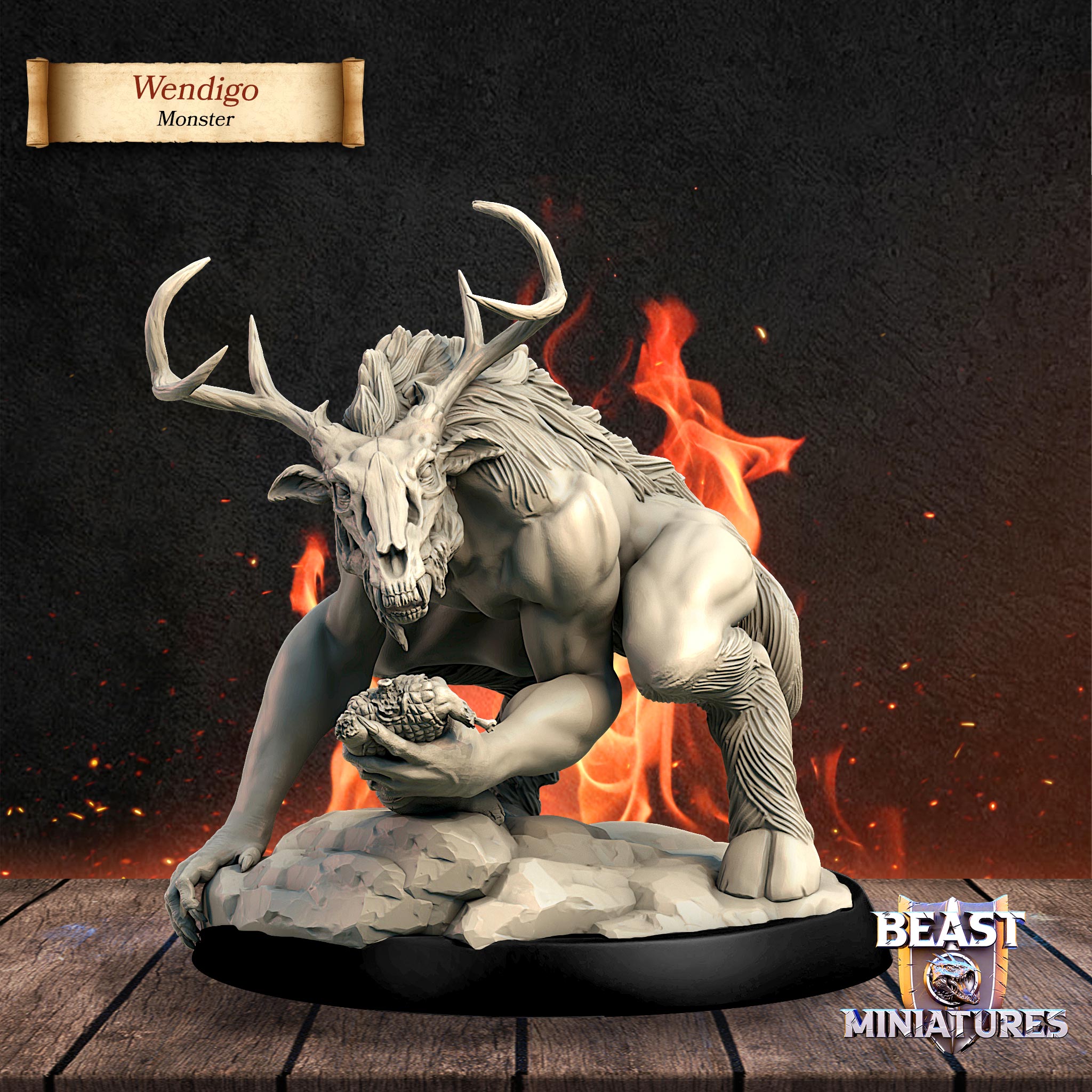
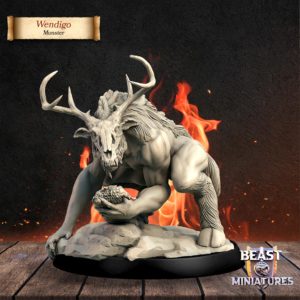
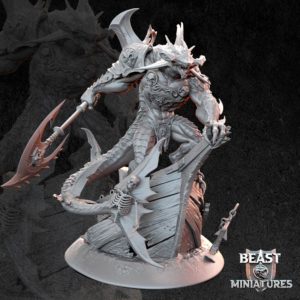
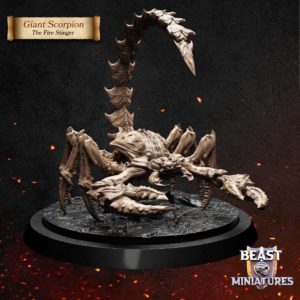
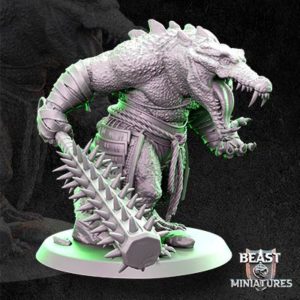
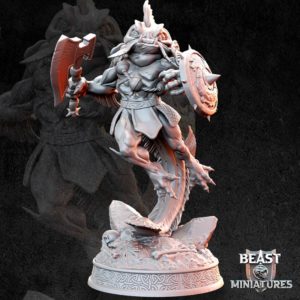
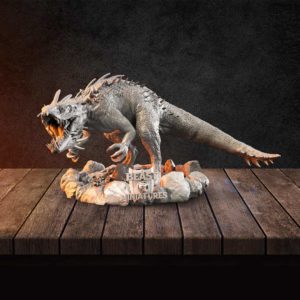
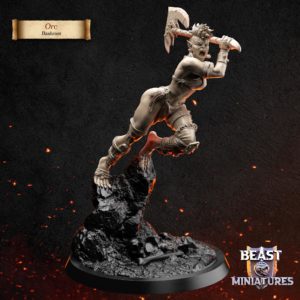
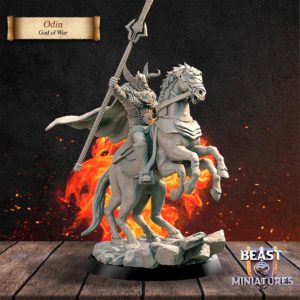
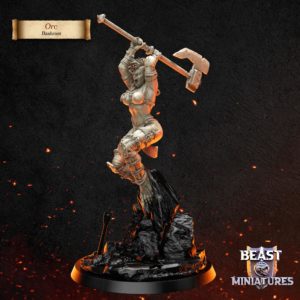
There are no reviews yet.